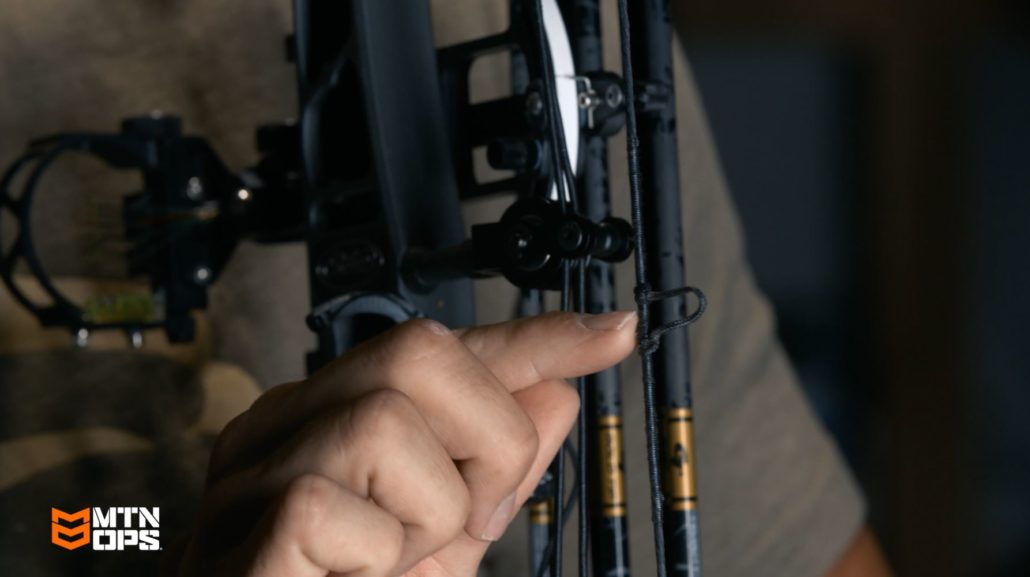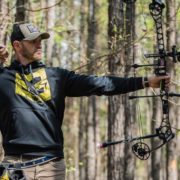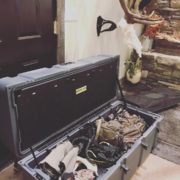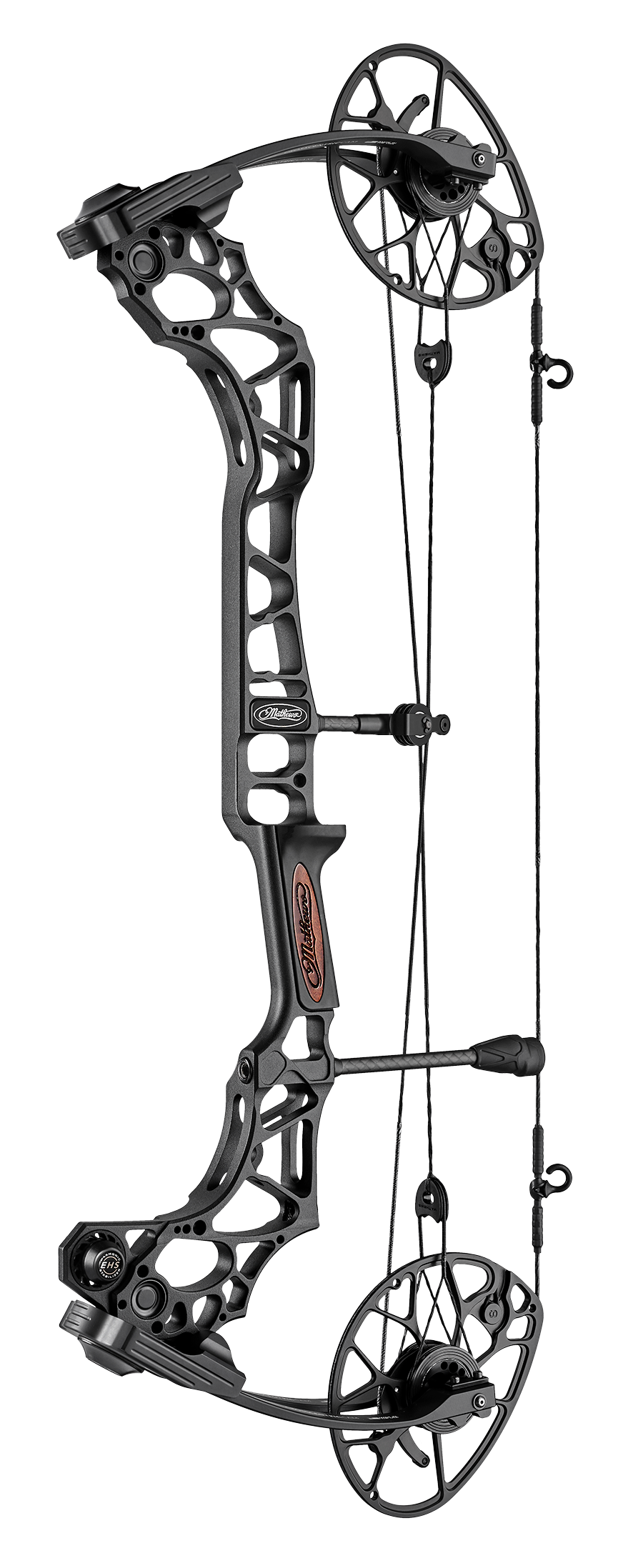2018 Browning Strike Force | Trail Camera Review
2018 Browning Strike Force Pro XD Trail Camera Review
Trail cameras have become the cornerstone to every hunter’s scouting game. Their invention has allowed hunters to learn greater detail about their game, adjust their plan accordingly, and simply hunt more efficiently. This has led to improved success across the board. Every hunter can benefit from the data they gain from a trail camera. However, just like with any technology, not every trail camera is created equally.
When deciding on the right trail camera; numerous features need to be considered. These include:
- Photo Quality
- Video Quality
- Night Quality
- Memory Capability
- Ease of Setup
- Battery Life
- Convenience
- Portability
- Affordability
Of course, one of the leaders in these technologies is Browning. This year, they knocked it out of the park with their entire lineup of cameras. One of the favorites for this year’s lineup is the Strike Force Pro XD. It’s a feature-rich, incredibly affordable trail camera option for the avid hunter. It features dual lenses, fast response times, high quality images and video while still staying compact and portable. However, one of best advancements is in its night capabilities.
Design
Although not the most compact of the Browning line-up, it’s still comes as a very portable package. The camera is sized at 4.25” X 3.75” X 3.25”. It’s also easy to mount with a built in steal adjustable metal bracket and mounting strap. It comes in Mossy Oak camo where it blends into nearly any environment it will be mounted in. However, the design doesn’t stop there. Many of its major design features also includes:
- built in viewing screen
- dual lenses
- IR flash
- expandable SD storage
- 12V external jack
It’s an absolutely loaded design that has managed to stay compact while keeping an affordable price.
Photo and Video Quality
The Browning Strike Force Pro XD has incredible lens features. It comes with dual lens. One designated for day and one for night. It has one for day and one for night.
It also includes a 24-megapixel camera, complete with a .15 second trigger speed and .5 second recovery time. It’s motion detection can reach up to eighty feet; allowing you to capture plenty of action farther out from the camera. When movement is detected; there is only a .15 second wait until the image is captured. It’s fast recovery time also assures you’ll get numerous photos of the same deer if desirable.
As for video, it shoots in full 1080 HD and of course includes sound. The upgrade in video quality is impressive especially when combined with its ability to take longer length videos (up to two minutes). This allows plenty of time to capture any intriguing moments while keeping it easy to manage and power efficient.
However, it’s most striking improvement is in its night time performance. It’s night time designated lens, in combination with its red glow IR flash, allows for stunning footage in low light conditions. Not to mention, it’s 120-foot flash range is impressive; allowing users to have a crisp view of overnight activity at a distance. The IR flash range is also adjustable, including a power save, long range, and fast motion mode.

Power
Power is an important, but highly over looked, feature of trail cameras. At this point in technology, cameras should be incredibly efficient, lasting months in the field without any hassle.
This type of power efficiency is necessary for two main reasons:
- To keep a spot from being disturbed through excess activity and scent
- To assure valuable photos and video are not lost due to power failure
When power does run out, their choice of batteries should also be easy to buy, affordable, and have excellent duration.
Additionally, for hunters who live a long distance away from the property, they can rest assured that the camera will still be operating weeks or months after it’s been mounted.
Therefore, finding a camera that has long lasting battery life and won’t break the bank when it needs replacing is crucial to overall camera quality. The Strike Force Pro XD trail camera has exceptional power efficiency while only needing AA batteries to operate.
In fact, it works on six AA batteries; which are both easy to purchase and affordable. Battery lifespan is highly variable based on the demand a user puts on the camera. However, one source cited that if the camera took only 35-day and 35-night photos every 24 hours; it would last 10.3 months without needing replacement. Considering the improvements in photo quality and features, that’s an impressive number.
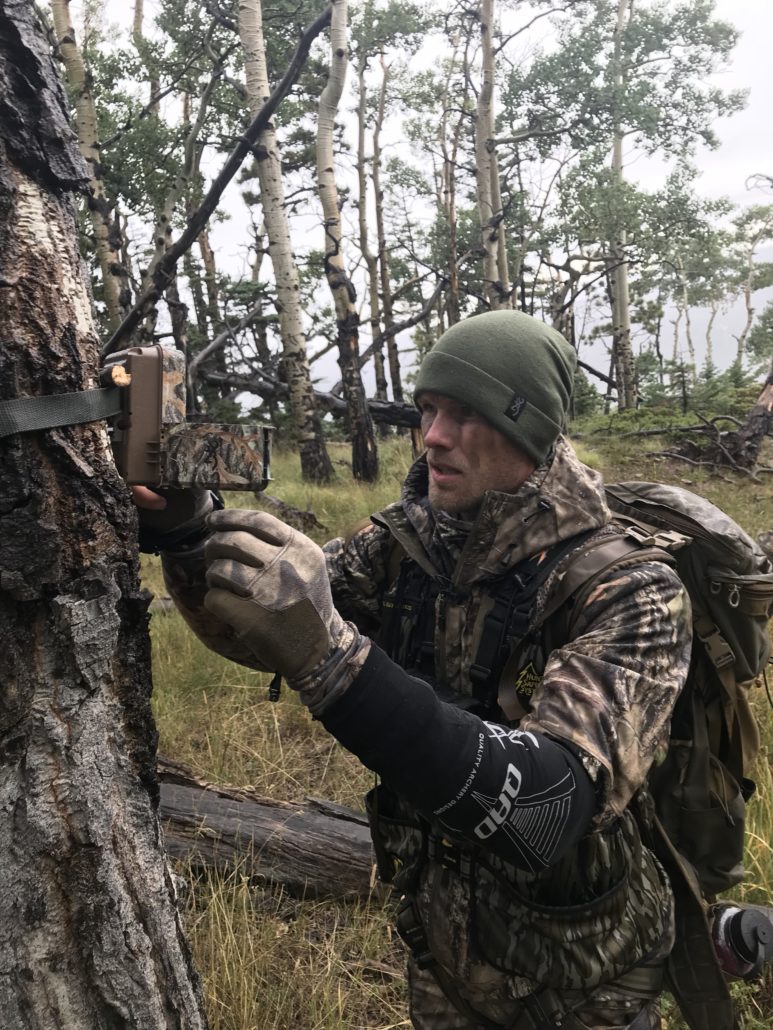
Memory Capability
Another important component to consider when purchasing a trail camera is SD card storage. The longevity of the battery only matters if there is enough storage capacity to handle the data. Not to mention, nothing is worse than checking a camera and realizing it ran out of storage two weeks ago (or that it copied over the first two weeks of images!). Therefore, what is the solution to this? It’s finding a camera that has expandable storage.
The Browning Strike Force Pro XD provides just that. Not only does it allow for expanded SD storage up to 512GB (which is quite a lot of space I may add) but it also allows for on device memory card management. This means you can save and erase files right on the spot. This is incredibly convenient when you need to clear space on a whim.
Ease of Use
The Strike Force XD’s 1.5” color view screen and simple keypad helps make programmable adjustments a breeze. The keypad is well lit for lowlight conditions and the design is easy to use. The camera has an easy to find SD card reader slot to hold its cards (ranging up to 512 mb in size).
This well design camera makes viewing and managing photos on the spot a breeze.
One of the Best Cameras for 2018
The Browning Strike Force Pro XD is a feature rich device that will be hard to beat for 2018.
It provides incredible day and night picture quality, HD video, efficient power, expandable storage, that all fits in a well-designed container.
Additional settings include rapid fire images, multi shot images, time lapse mode, programmable picture delay, and more. It’s compact size, vast features, and exceptional photo quality makes it an incredible bargain.
Coming in at only $199 it’s going to be hard to beat.






